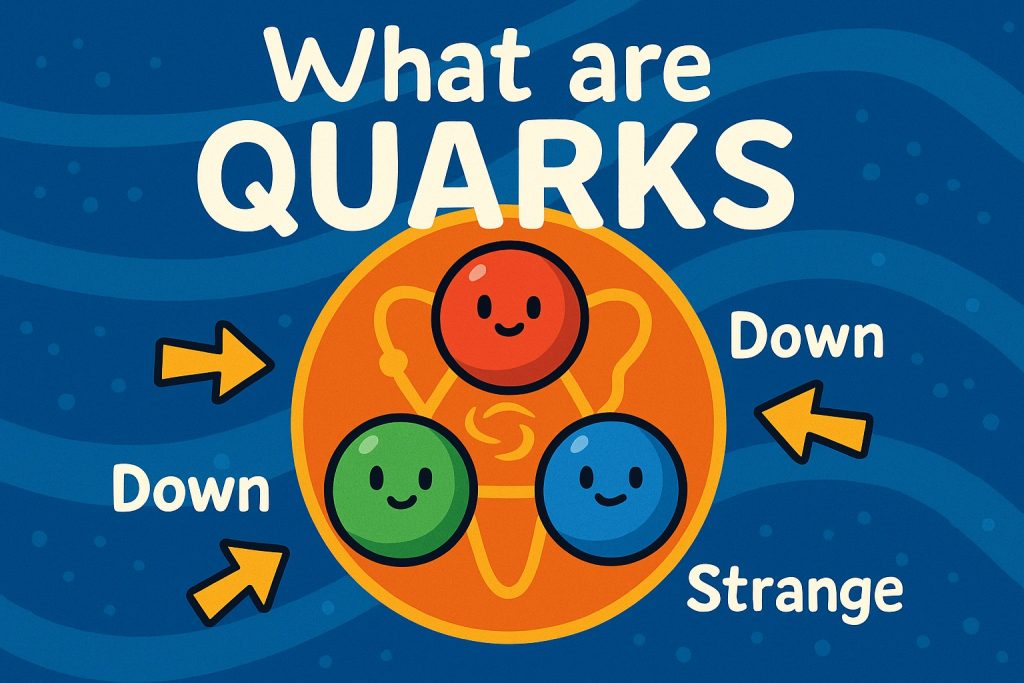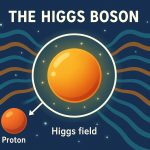Quarks are elementary particles and one of the fundamental building blocks of matter. Alongside leptons (such as electrons), quarks form the foundation of the Standard Model of particle physics. They combine in groups to create protons, neutrons, and many other particles collectively known as hadrons. Without quarks, atoms — and the universe as we know it — would not exist.
Types of Quarks
There are six “flavors” of quarks, each with its own properties:
- Up quark (u)
- Down quark (d)
- Charm quark (c)
- Strange quark (s)
- Top quark (t)
- Bottom quark (b)
These quarks differ in mass, electric charge, and interaction strength. The most common in everyday matter are up and down quarks, which make up protons and neutrons:
- Proton = 2 up quarks + 1 down quark
- Neutron = 1 up quark + 2 down quarks
Quarks and the Strong Force
Quarks are held together by the strong nuclear force, one of the four fundamental forces of nature. This force is mediated by particles called gluons, which constantly exchange between quarks. Unlike gravity or electromagnetism, the strong force gets stronger as quarks move farther apart — a phenomenon known as confinement. This is why quarks are never found in isolation.
Instead, quarks are bound tightly into composite particles such as:
- Baryons: Made of 3 quarks (e.g., protons, neutrons)
- Mesons: Made of 1 quark and 1 antiquark
Discovery and Role in Physics
Quarks were proposed in 1964 by Murray Gell-Mann and George Zweig to explain the large number of particles seen in high-energy physics experiments. They were confirmed through deep inelastic scattering experiments at SLAC (Stanford Linear Accelerator Center) in the late 1960s.
The discovery of the top quark in 1995 at Fermilab was the final piece needed to confirm all six flavors. Today, quark physics continues to reveal insights into the early universe, matter-antimatter asymmetry, and the nature of strong interactions.
Glossary
- Quark: A fundamental particle that combines with others to form protons, neutrons, and more.
- Lepton: A class of particles that includes electrons and neutrinos.
- Gluon: The force-carrying particle responsible for holding quarks together via the strong force.
- Confinement: A property of the strong force that prevents quarks from existing independently.
- Hadron: A particle made of quarks, such as protons or neutrons.


